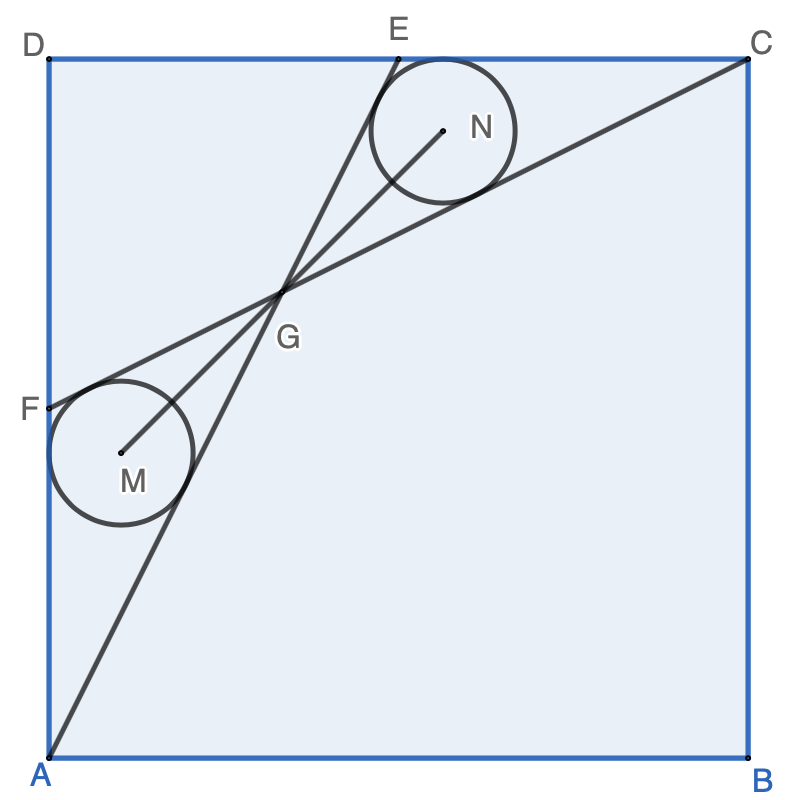In the diagram below, two tangent semi-circles centered at A and B are inscribed in a large semi-circle center at O, and circle C is tangent to semi-circle A, B and O. Point A, O, and B are on the same line. Given the radii of semi-circle A and B as 3 and 2 respectively, the radius of circle C can be expressed as $\dfrac{m}{n}$, where $m$ and $n$ are co-prime. Find the value of $m+n$.
Hints: Solution-1: Cosine law; Solution-2: Heron Formula; Solution-3: Descartes’ Theorem.

